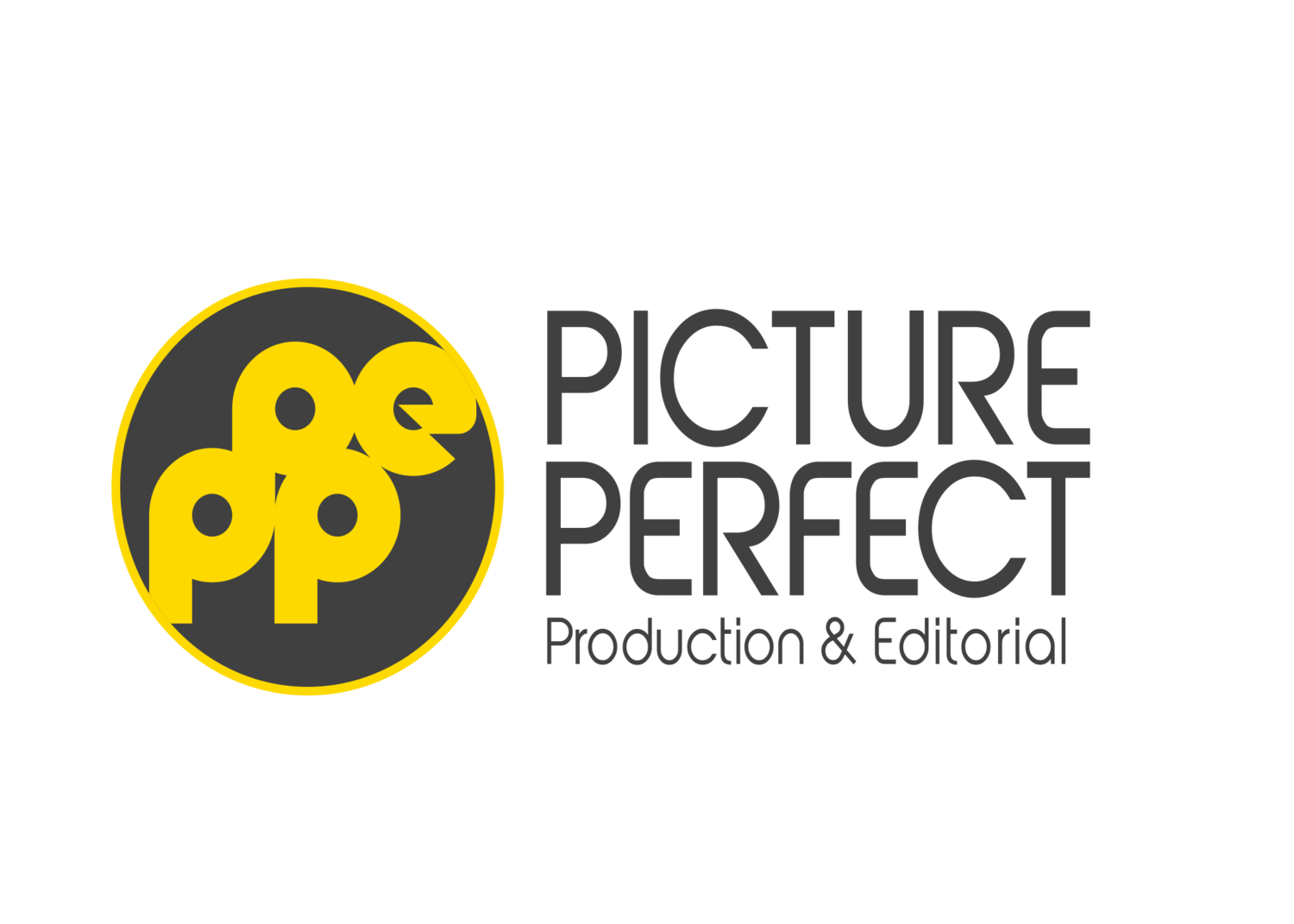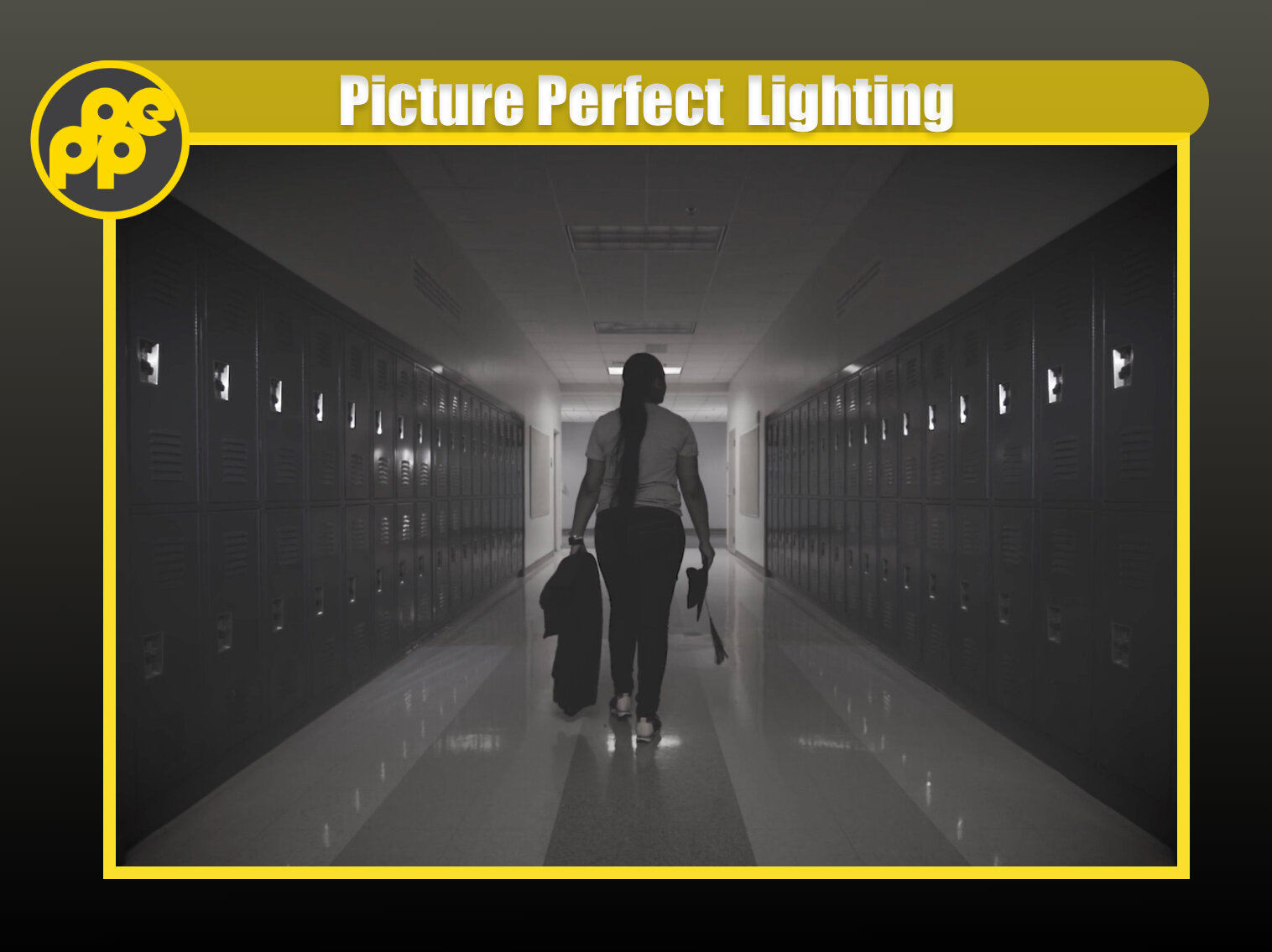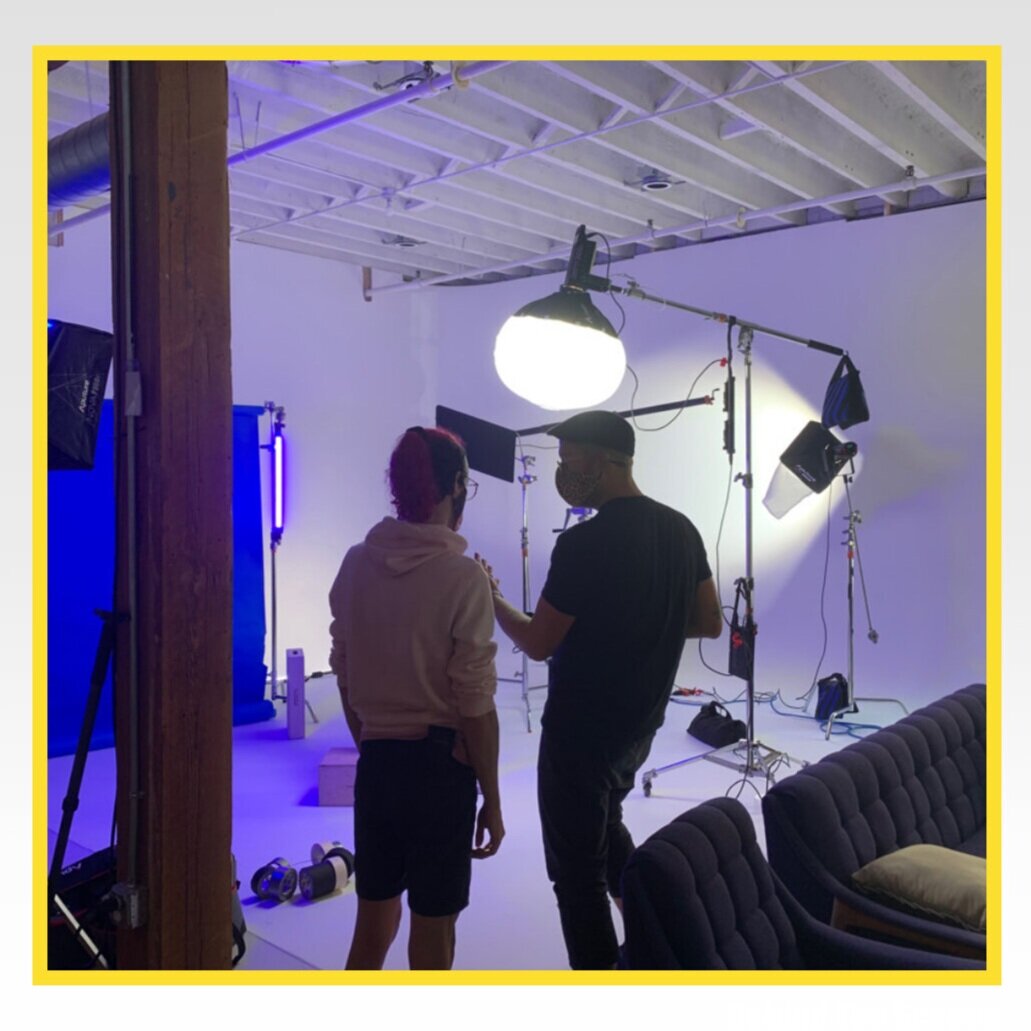Shedding Some light on Lighting Design
PPPNE Perspective
The Picture Perfect Team approaches each project with a lighting plan. There is always a gaffer on each and every set. Under the guidance of the Director of Photography, the Gaffer, or chief lighting technician, is in charge of making sure there is a proper lighting set up for each and every shot. Lighting can be such a technical practice within film, that we included a list of terms to help follow along. You can see that below.
When Picture Perfect first approaches a project, we start with a Pre-light. (Pre-light- The Picture Perfect planned time to illuminate our set-ups in advance.) We like to establish an environment and set ourselves up for success. Unlike many production companies, we don’t like scrambling between setups to move things around, so we plan and prepare for every possible set up ahead of time.
“Willie is smart! We always start with a good strong Pre-light that captures everything and we build around that. We adjust the details to create something unique.”
Here are a few basic lighting terms you may come across in your exploration into film.
3 Point Lighting
Key, Back, and Fill Lights make up the 3-point lighting model.
Key Light
o This is the main light. It is usually the strongest and has the most influence on the look of the scene. It is placed to one side of the camera/subject so that this side is well lit and the other side has some shadow.
Fill light
o This is the secondary light and is placed on the opposite side of the key light. It is used to fill the shadows created by the key. The fill will usually be softer and less bright than the key. To achieve this, you could move the light further away or use some spun. You might also want to set the fill light to more of a flood than the key.
Back light
o The back light is placed behind the subject and lights it from the rear. Rather than providing direct lighting (like the key and fill), its purpose is to provide definition and subtle highlights around the subject's outlines. This helps separate the subject from the background and provide a three-dimensional look.
Practical or incidental light
Light seen directly from a light source (lamp, sun, etc).
Ambient light
The light already present in a scene, before any additional lighting is added.
Reflected light
Light seen after having bounced off a surface.
Hard light
Light directly from a source such as the sun, traveling undisturbed onto the subject being lit.
Soft light
Light which appears to "wrap around" the subject to some degree. Produces less shadows or softer shadows.
Spotlight
A controlled, narrowly focused beam of light.
Flood
A broad beam of light, less directional and intense than a spot.
Color theory and branding
Tapping into Audience insight by using subtle choices in colored lighting to suggest a brand or invoke a certain emotion or recognition.
Color temperature
A standard of measuring the characteristics of light, measured in kelvins.
Contrast ratio
The difference in brightness between the brightest white and the darkest black within an image.
Picture Perfect in Action
Here are a few examples of these principles in action. Picture Perfect works in a plethora of different kinds of content, which is a blessing for our creative team. We have the opportunity to stretch our talents to meet the ever changing needs of our diverse client base. In light of that (see what I did there?) We have hand picked three unique projects.
INTERVIEW AND COLOR THEORY
First up, we have the interview style of lighting. This style is a very basic 3-point lighting strategy. 3-point lighting, as seen above, include a Key light on the subject, a fill light to lighten the other side of the subject but not pull focus, and a back light to give dimension. This style of lighting is meant to bring the attention of the audience to the subject, but still create a realistic and lifelike environment.
Our Producer, Chelsea Philips Tafoya, standing in for another Piedmont University shoot.
Hypothetically, if one wanted to turn this interview into something a little more dramatic, they might decrease the fill and back light, allowing the subject to stand out more and the world around them to appear darker. Alternatively, we could also add subtle colors to the background or ambient light, in order to create a branded look that unifies the theme of the project, much like we did for our friends at Piedmont University.
DRAMATIC BACKLIGHT
At the beginning of 2020, our country, our world was sent into a pandemic. For many, this time marks the beginning of a great hardship.
We had the opportunity to tell the story from the perspective of the graduating students in Atlanta Public Schools. This experience was emotional for the crew, and for the students we had the pleasure to speak with. They worked hard for their entire academic lives, and the finale to their hard work was anything but what they had expected. Because of these strong emotions, the lighting choices in this piece are a little darker. As you see the student walking down the halls of her empty school, you feel the weight of her loneliness in a time meant to be celebrated. To capture this moment, we utilized the practical and incidental lighting available at the school, and a few strategically placed back lights to strengthen the effect. the key light on our subject was minimal, and the over all effect will live on to illustrate the difficulty of 2020 and now 2021 for the young students in our lives.
STUDIO & PRODUCT LIGHTING
Studio lighting comes down to a pretty well tested science. That isn’t to say it is easier, just a little more predictable. At Picture Perfect, we take the typically predictable and turn it on its head. For this one, we actually have two examples.
The first is in a controlled studio for Frankly Mattress. This shoot involved a few complicated shots, but the effect was made possible by our lighting team. This is a typical studio set up, the idea is to be well lit from every angle and play up the white. This is also where we shot our host, who you will see speaking in front of imagery we captured in studio. Lighting plays a big part in special effects. Think of it like a recipe, if you don’t check to see if you have all of the ingredients for your cookies, and you get to the eggs to find they have gone bad, you end up with flat cookies. The same could be said for lighting in the studio. We have to light everything, with the future in mind. We have to check each frame for unexpected shadows that may ruin our plans during post production.
The second example is a behind the scenes shot from a more recent shoot, taken by one of our team. In this image you can see the product is front and center to the camera, but you can also see the source of our back light. Point a fan at the house plants in front of the back light, and you have morning sun glinting off swaying trees shining through your window at home… You can almost hear the birds tweeting as they flit in the new day. We wanted to create an easy breezy effect that created a comfortable feeling for the audience as they scroll through their social media. Think of the final product as a moving image, but the only thing moving is the shadow of the lightly swaying tree standing in front of our back light.
These unique touches in our work are what we are known for. We pride ourselves on knowing the “right” way to do something, and starting there, then turning the “right” way into “The Picture Perfect Way”. From a simple interview turned to a branded look, an empty hallway to a moment in history, and a not so typical backlight that creates a feeling of comfort and trust, Picture Perfect lights up the scene with precision and creativity. We want to extend a special thank you to our featured projects, Piedmont University, Atlanta Public Schools, and Frankly Mattress, we could not do any of it without the support of our network, our loyal clients, and our talented team.
#KeepitPicturePerfect
Check out the full project videos here:










